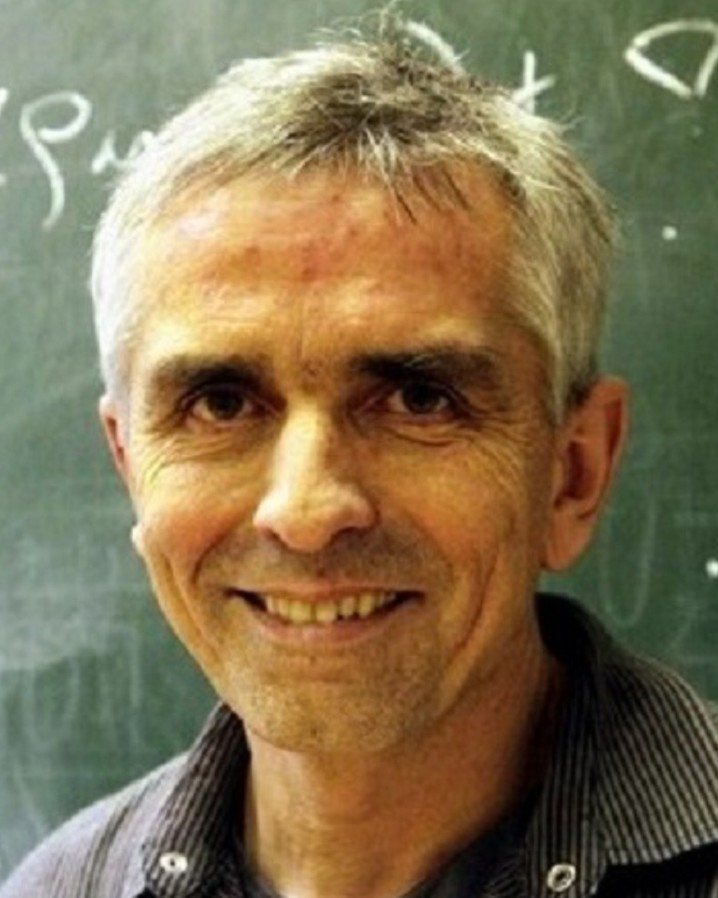
Prof Eduard Feireisl (Institute of Mathematics, Czech Academy of Sciences, Prague)
20 April 2022
Lecture 1: Euler system, well/ill posedness
We introduce the Euler system along with its barotropic variant describing the motion of a compressible perfect uid. Then we discuss some recent results concerning well/ill posedness based on the method of convex integration. In particular, we show an example of innitely many global in time admissible weak solutions emanating from the same initial data that are not strongly continuous at a given countable set of times.
Lecture 2: Dissipative solutions, stability, weak-strong uniqueness
We discuss several methods of construction of solutions to the Euler system including the vanishing viscosity method. We identify the limit objects representing generalized (dissipative) solutions of the Euler system. We show compatibility and the weak-strong uniqueness principle. Moreover, we discuss the principle of maximal dissipation as a selection criterion. In particular, we show that the dissipative solutions behave as the standard weak solutions in the long run.
21 April 2022
Lecture 3: Stochastically driven Euler system and its relevance to turbulence modelling
We consider the high Reynolds number limit for the compressible Navier-Stokes system describing the ow of a compressible viscous uid aroung a rigid (convex) obstacle. We discuss to which extent the limit can be described by a stochastically driven Euler system. We introduce the concept of statistical equivalence and show that any limit that is statistically equivalent to a stochastically driven Euler system must be, in, fact a statistical solution of the deterministic Euler system.
Lecture 4: (S)-converegence, computing oscillatory solutions
We consider a consistent approximation of the Euler system that may be produced, for instance, by a suitable numerical scheme. Admitting the approximate solutions may be oscillatory and converge only weakly we propose a new concept of (S)-convergence to compute eectively the resulting measure{valued solutions. In particular, we get strong convergence a.a. to the limit parametrized (Young) measure with respect to the Wasserstein distance.
The research of E.F. leading to these results has received funding from the Czech Sciences Foundation (GACR), Grant Agreement 21{02411S. The Institute of Mathematics of the Academy of Sciences of the Czech Republic is supported by RVO:67985840.